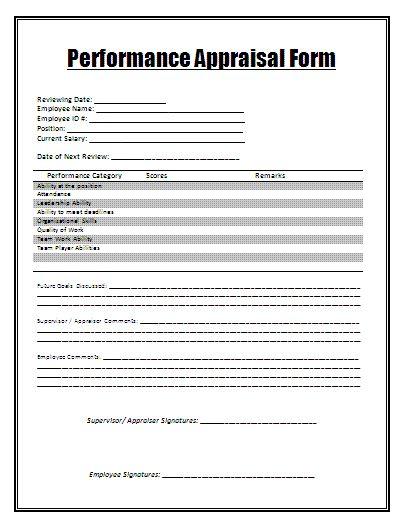In a world where technology continually reshapes the landscape of music, the debate between electronic pianos and acoustic counterparts remains as lively as ever. With the touch of a button, electronic pianos promise endless sounds and features, captivating aspiring musicians and seasoned players alike. Yet, the soulful resonance of an acoustic piano evokes emotions that technology often struggles to replicate. This article delves into the intricate dynamics of these two musical realms, exploring whether modern innovations can genuinely capture the essence and authenticity of traditional acoustic instruments. Join us as we navigate the keys of this ongoing discussion, contrasting the nuanced charm of wood and strings with the digital prowess of circuits and speakers, and uncover what it truly means to create music in the age of technology.
Exploring the Feel: How Touch Sensitivity and Key Response Differ Between Electronic and Acoustic Pianos
When it comes to the tactile experience of playing, the differences between electronic and acoustic pianos are profound and nuanced. **Acoustic pianos** rely on a complex mechanical action, which translates the force of each key press into the vibration of strings, creating a rich and organic sound. The response of the keys can vary based on factors like humidity and temperature, leading to an ever-changing feel that some pianists find inspiring. **Electronic pianos**, on the other hand, utilize sensors to detect key presses and generate sound digitally, offering consistent feedback with little variation over time. While many high-end models strive to replicate the feel of an acoustic with weighted keys and adjustable touch sensitivity settings, players often report a difference in the **dynamic response** and **feedback** received from both instruments. Here’s a brief comparison of key characteristics that distinguish the experience of playing each type:
| Feature | Acoustic Piano | Electronic Piano |
|---|---|---|
| Key Action | Mechanical, involves hammers and strings | Digital sensors, often with weighted keys |
| Touch Sensitivity | Variable, influenced by numerous factors | Adjustable, consistent across environment |
| Dynamic Range | Wide, based on player technique | Variable, dependent on settings |
| Sound Production | Acoustic vibrations | Digital synthesis or sampling |
Ultimately, the choice between the two may come down to personal preference, with each instrument offering a distinct experience that caters to different playing styles and creative expressions.
Sound Quality and Authenticity: Evaluating Technological Advances in Replicating Piano Tones
Evaluating the sound quality and authenticity of electronic pianos compared to their acoustic counterparts brings forth an intriguing examination of technological innovations aimed at replicating the rich, nuanced tones of traditional pianos. Modern digital instruments incorporate sophisticated sampling techniques and advanced synthesis, resulting in sound reproduction that can be astonishingly realistic. Here are some key factors to consider:
- Sampling Techniques: High-resolution recordings of acoustic pianos are captured, allowing electronic pianos to reproduce the subtle variations in tone that occur with different playing dynamics.
- Polyphony: The number of notes that can be played simultaneously is crucial. With advancements, most digital pianos now boast polyphony of 128 notes or more, enabling complex compositions without note drop-off.
- Action Mechanics: The response of the keys in electronic pianos mimics the weighted and touch-sensitive feel of acoustic pianos, enhancing the player’s tactile experience.
- Sound Engines: Many top-tier electronic pianos utilize multi-layered sampling, where multiple recordings of each note at various volumes generate a more dynamic sound output.
Innovative sound modeling technologies like physical modeling now allow some digital pianos to recreate the physical properties of sound waves, providing an authenticity that edges closer to the classical experience. Yet, the ultimate comparison often hinges on individual preference and context of use, as both types cultivate unique relationships with their players.
| Feature | Acoustic Piano | Electronic Piano |
|---|---|---|
| Sound Authenticity | Natural tones due to physical strings | Digital sampling or synthesis |
| Maintenance | Requires tuning and care | Minimal upkeep needed |
| Portability | Heavy and stationary | Lightweight and easy to transport |
| Variety of Sounds | Single sound | Multiple instrument sounds available |
In Retrospect
As we draw the curtain on our exploration of the age-old debate between electronic pianos and acoustic alternatives, it becomes evident that both instruments possess unique qualities that resonate with different players in their musical journeys. While technology has made remarkable strides in replicating the rich warmth and dynamic nuances of an acoustic piano, a part of the magic lies in the organic imperfections and tonal depth that only a wooden soundboard can provide.
In this age of digital innovation, it’s not about declaring one superior to the other but recognizing the diverse preferences and needs of musicians. Whether you find solace in the tactile response and resonant harmony of an acoustic piano or are captivated by the versatility and convenience of electronic keyboards, each option offers a different avenue for creativity and expression. music transcends the medium; it’s about the emotion it evokes and the stories it tells. So, whether your fingers glide over ivory keys or touch-responsive pads, may your musical journey be filled with discovery, passion, and the joy of making sound—however you choose to create it.


